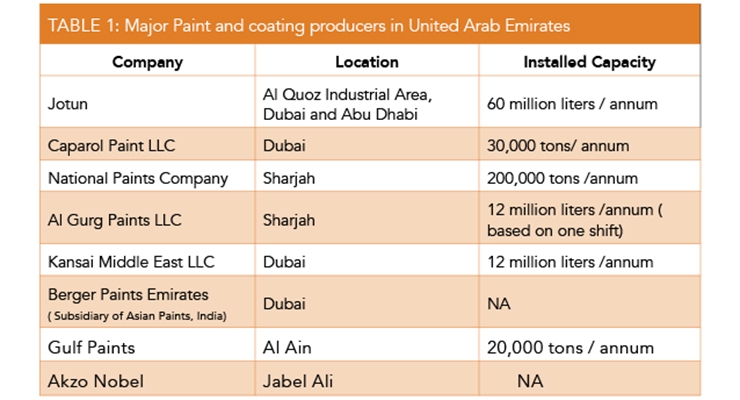Examine The Function Of Seasonal Factors In The Success Of Commercial Outside Painting And Reveal The Most Effective Times To Protect Enduring Outcomes For Your Job
Examine The Function Of Seasonal Factors In The Success Of Commercial Outside Painting And Reveal The Most Effective Times To Protect Enduring Outcomes For Your Job
Blog Article
Team Author-Regan Celik
When you're preparing a business external painting job, seasonal variables can make or break your results. You'll wish to consider exactly how temperature and moisture influence paint application and drying times. Choosing the right period can guarantee your paint sticks properly and lasts longer. Yet which periods are genuinely the very best for this type of work? Let's explore the crucial elements that can influence your task's success.
The Effect of Temperature Level on Paint Application
When you're intending a commercial exterior paint project, the temperature level can significantly impact how well the paint sticks and dries.
Ideally, you want to repaint when temperature levels vary between 50 ° F and 85 ° F. If it's as well chilly, the paint may not heal effectively, resulting in issues like peeling off or splitting.
On the other side, if it's too warm, the paint can dry too quickly, preventing appropriate adhesion and causing an uneven finish.
You ought to likewise think about the time of day; early morning or late afternoon uses cooler temperatures, which can be much more positive.
Always check the manufacturer's referrals for the particular paint you're using, as they commonly supply advice on the perfect temperature level array for ideal results.
Humidity and Its Result on Drying Times
Temperature isn't the only ecological factor that influences your industrial external painting project; moisture plays a considerable duty too. High moisture degrees can decrease drying out times considerably, affecting the overall high quality of your paint work.
When the air is filled with wetness, the paint takes longer to cure, which can result in issues like inadequate attachment and a greater risk of mildew development. If you're repainting on a specifically humid day, be planned for extensive wait times in between coats.
It's crucial to keep an eye on local weather and strategy appropriately. Preferably, aim for moisture degrees between 40% and 70% for optimal drying.
Keeping these factors in mind ensures your task remains on track and supplies a lasting coating.
Best Seasons for Commercial Outside Painting Projects
What's the most effective season for your commercial exterior painting jobs?
Springtime and very early fall are generally your best choices. Throughout these seasons, temperatures are moderate, and humidity levels are frequently lower, developing suitable conditions for paint application and drying.
Prevent summer season's intense heat, which can create paint to completely dry too promptly, leading to bad adhesion and coating. Likewise, best house painter near me can hinder proper drying out and treating, risking the long life of your paint work.
Aim for days with temperature levels between 50 ° F and 85 ° F for optimum results. Remember to check https://www.bobvila.com/articles/cost-to-paint-a-house/ forecast for rain, as damp problems can spoil your task.
Preparation around these variables ensures your painting task runs smoothly and lasts longer.
Final thought
To conclude, intending your industrial external painting tasks around seasonal factors to consider can make a substantial difference in the end result. By scheduling work during the ideal temperature levels and moisture degrees, you'll ensure much better adhesion and drying times. Remember to watch on local weather forecasts and pick the correct time of year-- spring and early autumn are your best choices. Taking these steps will certainly assist you accomplish a durable and expert coating that lasts.
